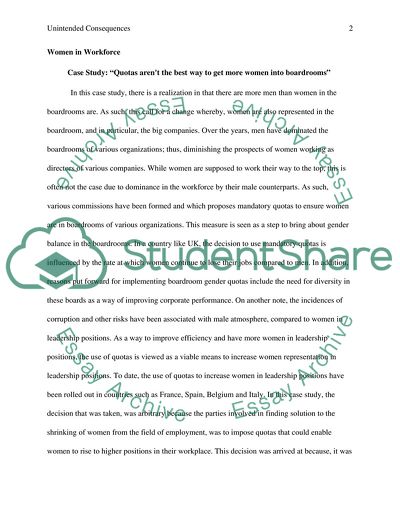Cite this document
(“Unintended Consequences Essay Example | Topics and Well Written Essays - 1250 words”, n.d.)
Retrieved from https://studentshare.org/psychology/1646389-unintended-consequences
Retrieved from https://studentshare.org/psychology/1646389-unintended-consequences
(Unintended Consequences Essay Example | Topics and Well Written Essays - 1250 Words)
https://studentshare.org/psychology/1646389-unintended-consequences.
https://studentshare.org/psychology/1646389-unintended-consequences.
“Unintended Consequences Essay Example | Topics and Well Written Essays - 1250 Words”, n.d. https://studentshare.org/psychology/1646389-unintended-consequences.


